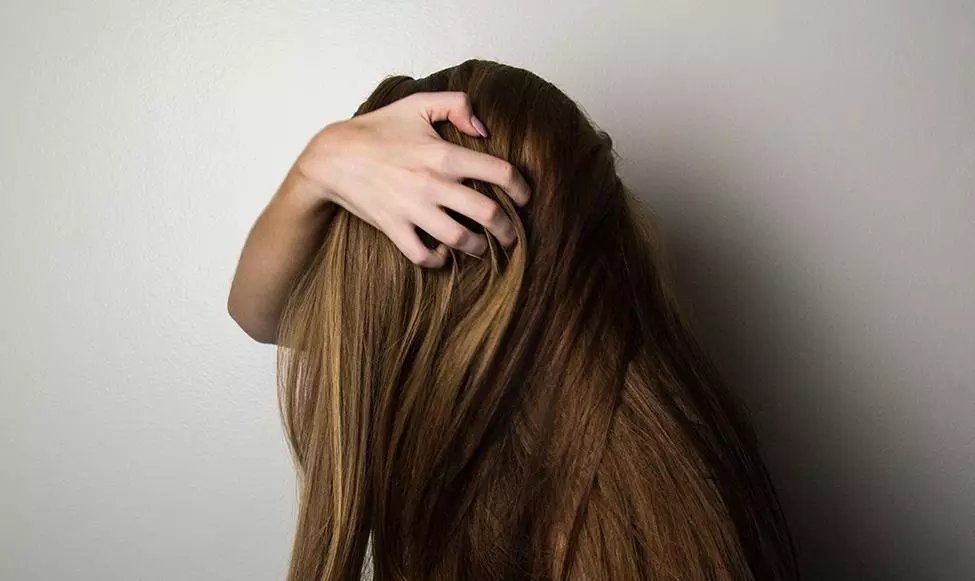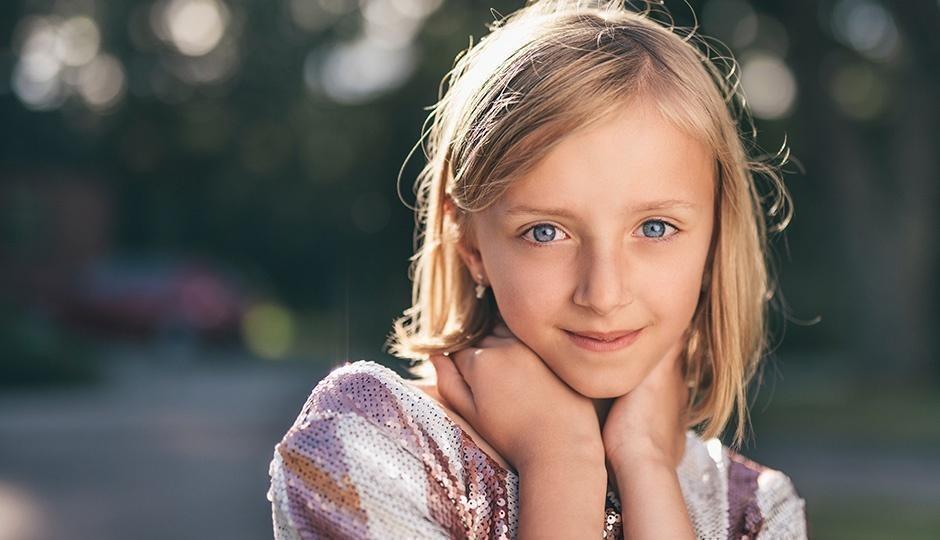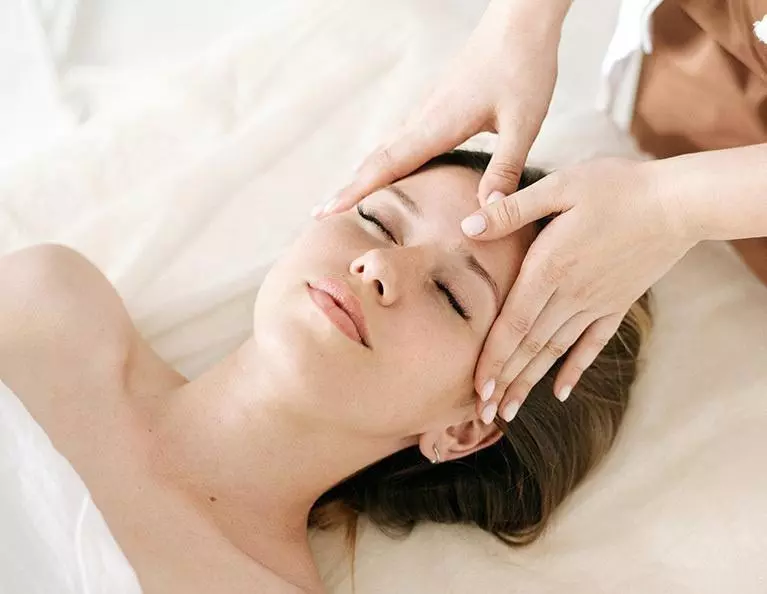Alopecia is a term used to describe conditions that cause hair loss. While alopecia is more common as people age, hair loss conditions affect men and women of all ages and demographics. There are five main types of alopecia, which all develop differently and require the proper treatment.
Alopecia Areata
Alopecia areata is an autoimmune condition. Autoimmune disorders cause the body's immune system to attack healthy cells. In the case of alopecia areata, your immune system attacks the hair follicles, leading to hair loss. The first sign of the condition is often a single small bald patch.
Researchers are uncertain about the exact cause of alopecia areata, but many experts believe an event or experience triggers a genetic component. People with alopecia areata have several theories about what triggers their alopecia areata, with stress often being blamed as the triggering event. However, while it is easy to blame stress as a cause, not all people with the condition can link stress to the start of their hair loss.
Androgenetic Alopecia
Androgenetic alopecia, also called male or female pattern baldness, is the most prevalent type of hair loss. In males, androgenetic alopecia typically starts with a receding hairline followed by the hair loss on the top of the head and near the temples. The sides and lower back of the head are usually the last places to lose hair if they lose any. Female pattern baldness differs from male pattern baldness, with hair typically thinning first along the part line. The part line may eventually widen, but complete baldness is rare. Androgenetic Alopecia is believed to be a hereditary form of hair loss caused by genetics.
Scarring Alopecias
Scarring alopecia, also known as cicatricial alopecias, are rarer alopecia forms that systematically destroy hair follicles. The hair follicles are damaged and replaced by scar tissue, leading to permanent hair loss. While scarring alopecia is treatable, starting treatment before extensive hair loss is vital because once the hair follicles are destroyed, the hair loss is permanent.
Traction Alopecia
Traction alopecia is hair loss resulting from excessive pulling or tension on the hair shafts. The condition is usually caused by certain types of tight hairstyles, such as braids, cornrows, ponytails, hair extensions, or weaves. In cases where these styles are worn for prolonged periods, the hair follicles can become damaged enough to lead to permanent hair loss.
Telogen Effluvium
Telogen effluvium occurs when a person experiences excessive hair shedding. It's normal to lose about 100 to 150 strands of hair daily due to the hair's natural growth cycle. Usually, about 10% of your hair is in the shedding stage of the growth cycle. However, with telogen effluvium, this may increase to 30% or more. Usually, no treatment is necessary, and the condition corrects itself once the triggering cause is eliminated.
What Type of Alopecia Is It?
Alopecia affects men and women of all ages. Regardless of the type of hair loss, it can be challenging and stressful. Many people struggle with not only their appearance but also have questions such as is their hair loss temporary or permanent, what caused it, and whether there is a solution. Hair loss can be hard to cope with for many people and can have a devastating psychological impact.
At New Look, we understand how hair loss can impact your life. Our compassionate team of experts are here to help you get the answers you need and find the best solution for your condition. To learn more about the various types of alopecia and what you can do to keep your hair, contact us today and schedule your FREE initial consultation.







